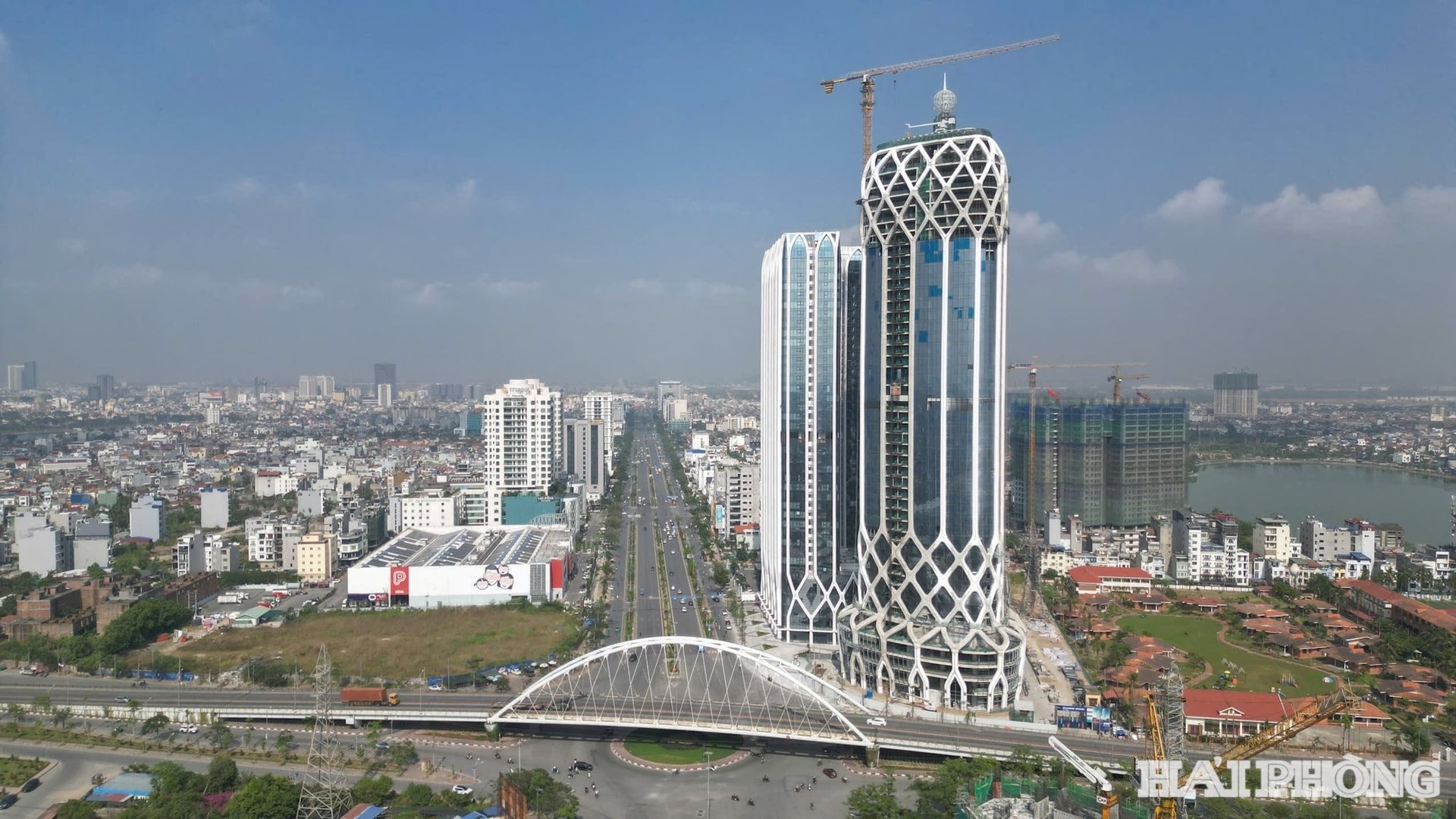Hai Phong expands planning space, aiming for modern mega-city
Following its recent merger with Hai Duong province, Hai Phong city is oriented to become a green, civilized, modern, and worth-living city, with a high level of development among the leading cities in Asia and the world.

Strategic position
Hai Phong held an important strategic position with challenging terrain, serving as the gateway to Dai La – Thang Long in the past. In the history of national building and defense, many Vietnamese dynasties achieved glorious victories against northern empires on Hai Phong’s land, including Ngo Quyen’s triumph in 938, Le Hoan’s victory in 981, and Tran Hung Dao’s decisive battle in 1288, all on the Bach Dang river.
Due to Hai Phong’s strategic position, on June 5, 1956, the then Prime Minister issued Decree No. 913, merging Cat Hai and Cat Ba districts of Quang Ninh province, and Do Son of Kien An into Hai Phong, following proposals from the city Party Committee and Administrative Committee. In early 1957, Bach Long Vi island was placed under Hai Phong’s administration by the Central government. With its expanded boundaries, Hai Phong took on an increasingly important role in socio-economic development, international trade, and national defense and security.
Between 1996 and 2000, Hai Phong made significant progress in urban management and planning, and infrastructure development. The city aimed to accelerate its transformation into a civilized, modern port city, a hub for industry, tourism, and services, and the country’s main gateway to the sea. Suburban districts underwent rapid urbanization.
Multi-polar model
.jpg)
In the first 24 years of the 21st century (2001–2025), Hai Phong has experienced strong development and remarkable breakthroughs in planning. Following its merger with Hai Duong province in 2025, the city now enjoys greater potential, advantages, and opportunities to expand its space and develop into a mega-city, covering about 3,194.7 km2 with a population of nearly 4.7 million.
Hai Phong gains additional development space to expand urban–industrial–logistics–high-tech agricultural zones, while integrating more resources in labor, infrastructure, and geography to establish a new growth pole in the Northern region.
According to the master plan to 2050, Hai Phong will focus on developing marine-based industries, including seaports, marine tourism, renewable energy, and emerging maritime sectors.
Chu Ngoc Ha, Director of the Hai Phong City Planning Institute, stated: “In the past, Hai Phong had only a single core - its existing urban area. Today, the city is shifting to a multi-polar model, expanding urban and development space, creating momentum for districts to develop economy and urbanize. This model also accommodates rapid population growth, aiming for the status of a special-class city. It will form a crucial foundation for Hai Phong to realize its aspiration to reach the open sea proactively, effectively, and sustainably, and to become a modern mega-city of global stature.”
To realize this vision, drafting a new master plan for Hai Phong after the merger has been identified as a key task. The city will continue to inherit approved plans while prioritizing the roadmap for the new master plan to align with its post-merger development orientation.
AN PHUC
